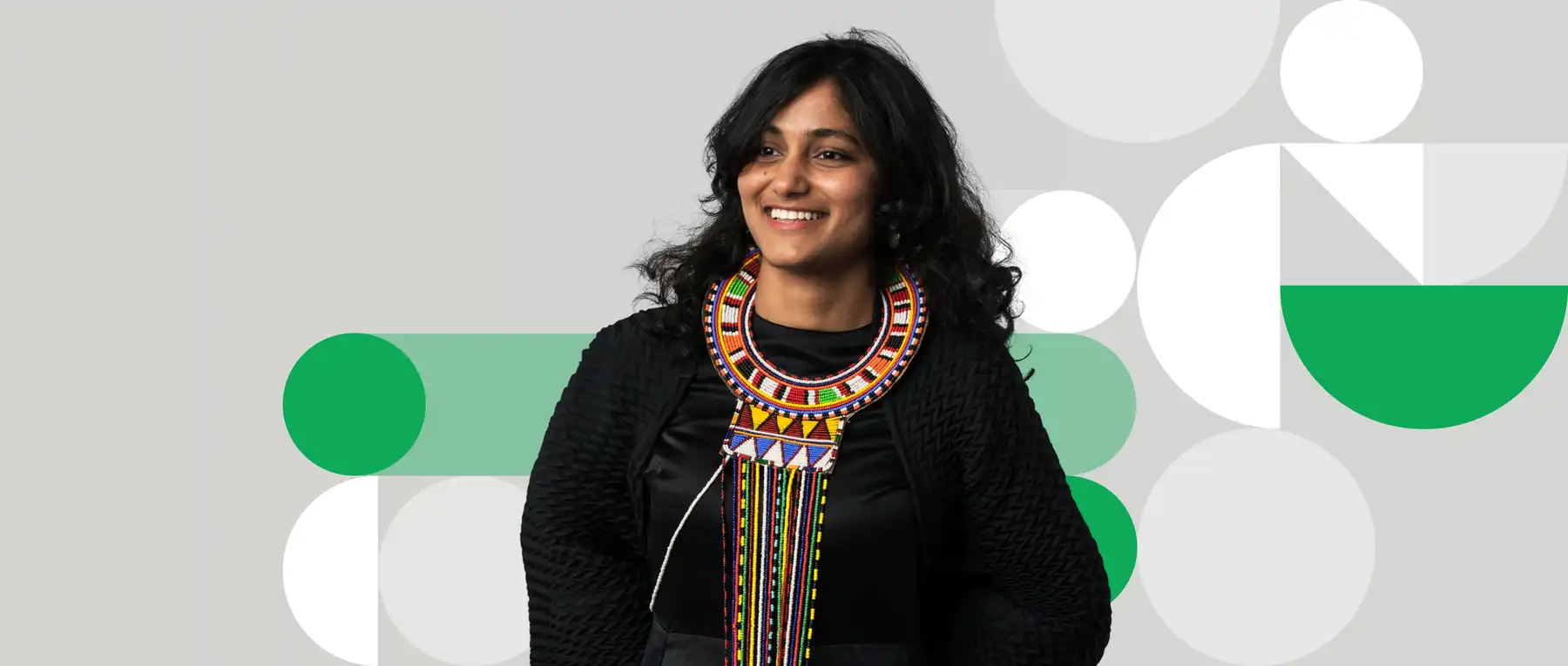
When conducting qualitative research interviews there are different ways to capture information — through photographs, sketches, notes, audio, and video recordings. This guide is for anyone note-taking as part of a user research interview. It is for you and your teammates — these might be fellow researchers, colleagues from other disciplines, or from the client's organisation.
At Springload, we usually conduct interviews in pairs and take turns sharing roles of the interviewer and the note taker. This helps with better data collection and is good for the physical and psychological safety of the researchers doing fieldwork — in person or remotely.
There are many good reasons to note take when conducting interviews. It’s a backup of the conversation. It helps the interviewer to focus on what’s happening in the moment and what they want to talk about next. After the interview, notes prove to be easier to sift through than an hour long video or audio recording.
Before the interview
Take notes digitally or on paper
Bring your laptop. This will allow you to take detailed and accurate notes. Especially if it is a structured interview like in user testing — it will be easy to share and compare notes from other notetakers and interviews.
However, if it’s a loosely structured contextual inquiry, you might want to ask yourself if typing will distract and get in the way of you building rapport with your interview participants. You can take notes on paper and transcribe the recording later if necessary.
During the interview
Write it as they say it
Writing notes in verbatim will make sure you capture exactly what the participant is saying — without bringing in your biases and preventing early synthesis.
Avoid theming the responses
Capture notes chronologically. Don’t try and theme responses just yet — this is best done in the analysis and synthesis phase, after all the interviews are completed.
Go for quantity
Capture as much as you can. Don’t leave out details or things you might feel aren’t important. What you might think is mundane might be insightful when compared with other participants notes.
Timestamp as you go
At the beginning of the interview, capture the time the interview started. Then, timestamp approximately every 10 minutes as the interview progresses.
Timestamp especially when you think the participant is saying something interesting. This will help you go back to that point in your audio or video recording to review the quote or clarify what they said. It saves time searching for interesting snippets in what could be long recordings.
If you’re taking notes on paper it helps to wear a watch — this way you can keep time without looking at your phone and risk appearing distracted.
Use the discussion guide as a template
If your interview follows a structured set of tasks and questions, as in user testing, capture notes under the tasks or sections in your discussion guide.
Turn into an observer
If you are doing a contextual inquiry in the home or workplace of the participant, you will need to act as the observer and take notes on the activities, behaviours, environment, interactions, objects, and body language.
Keep note of your questions
The notetaker gets the chance to follow-up with questions, so keep a note of them. This works best if done at the end, initiated by the interviewer as it doesn’t break the flow of the conversation. However, sometimes it might help to ask questions in the moment — discuss how you’d like to approach this with your teammate.
After the interview
Highlight the things that stood out
Right after the interview, discuss with your teammate what were the things that stood out to you. Highlight these in your notes. This will set you up to get into analysis and synthesis.
Happy note-taking!
Note-taking is a fundamental skill to qualitative research. A skill that quickly becomes second nature. Hopefully deconstructing notetaking gives you some new ideas and tips — we are keen to hear if you have any for us!
Get in touch
Let’s make the things that matter, better.
Email: hello@springload.co.nz
Phone: +64 4 801 8205